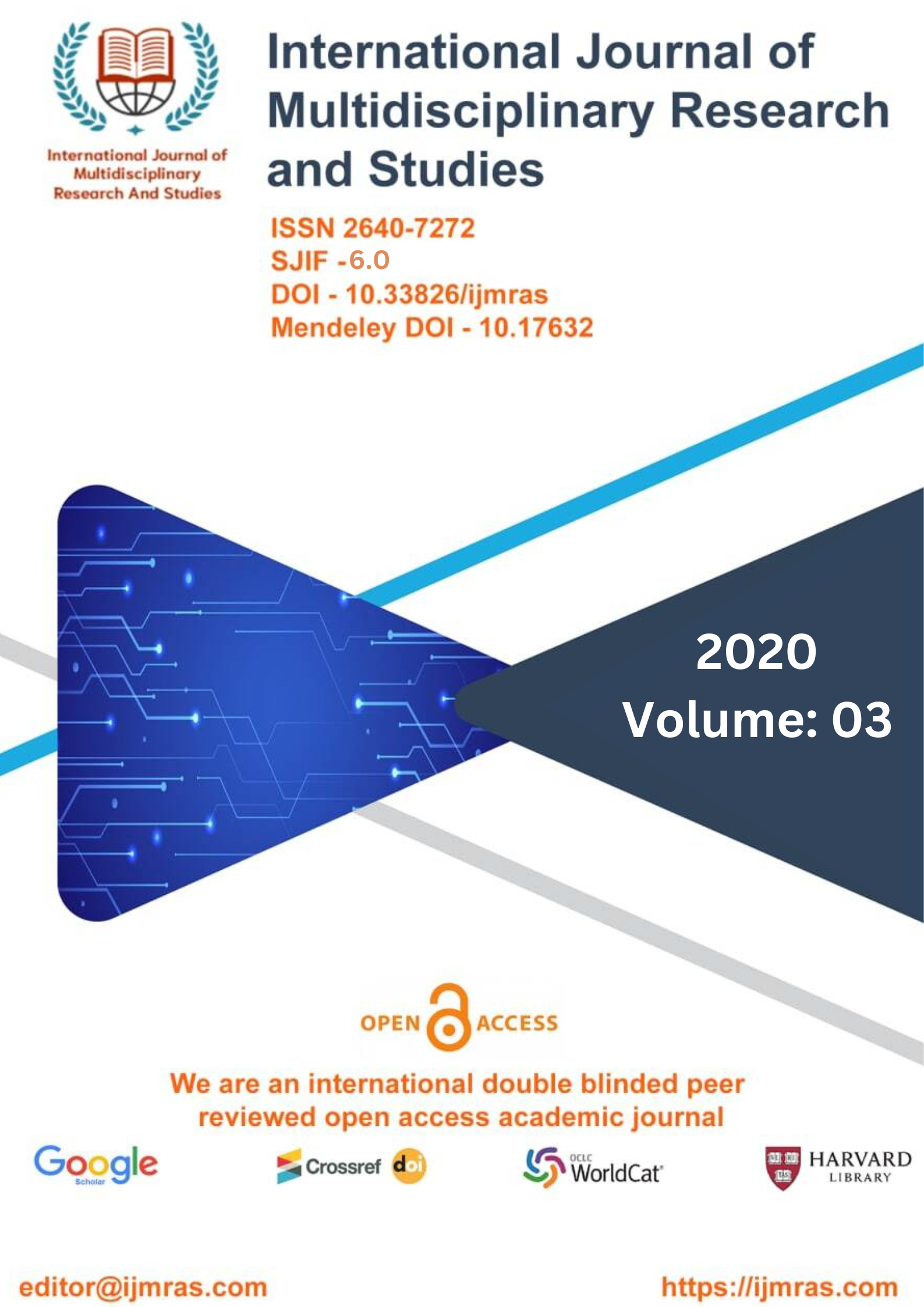ARTHROPODS: HABITAT, FEATURES OF LIFE

Abstract
Soil arthropods are a group of soil-inhabited arthropods belonging to the classes of Crustacea, Arachnida, Myriapoda, and Insecta. They are generally characterized by features, namely a hard chitinous exoskeleton, segmentation, multiple jointed appendages, and an open circulatory system. Orchards are complex ecosystems in which plants have adjacent associations with different living constituents. Consequently, the fundamental modification in the community of plants has an impact on the population of arthropods Mango and litchi are essential groups of fruit crops with highly nutritious value Farming, on the other hand, is considered to reduce the effects of conventional agricultural practices on the environment and especially halt the decline of biodiversity in the agricultural landscape
Keywords
Arthropods, HabitatHow to Cite
References
Aber,J.D.,Melillo,J.M.,1980.Litterdecomposition:measuringtherelativecontributions of organic matter and nitrogen to forest soils, Canadian Journal of Botany.58, 416-21.
Abrahamsen, G. 1990. Influence of Cognettia sphagnetorum on nitrogen mineralisationinhomogenised mor humus. BiologyandFertility ofSoils. 9, 159-162.
Adis,J.et.al,1989.ImpactofdeforestationonsoilinvertebratesfromCentralAmazonian inundation forests and their survival strategies to long-term flooding. WaterQualityBulletin. 14(88) ,98-104.
Aide, T.M., Cavelier, J., 1994.Barriers to lowland tropical forest restoration in theSierraNevadadeSantaMarta, Colombia.Restoration Ecology. 2, 219–229.
Alban, D.H., Berry, E.C., 1994. Effects of earthworm invasion on morphology, carbon,andnitrogen of a forest soil. Applied Soil Ecology.1,243–249.
Albert, M.J., Escudero, A. andIriondo, J.M. 2005. Assessing ant seed predation inthreatenedplants: a casestudy. ActaOecologica.28, 213–220.
Alho,C.J.R.1991.Manajecomcuidado:fragil,CienciaHoje,VolumeEspecialAmazonia 100-107pp.
Alonso,L.E.,Agosti,D.,2000.Biodiversitystudies,monitoring,andants:anoverview.In:Agosti,D.,Majer,J.D.,Alonso,L.E.,Schultz,T.R.(Eds.),Ants:Standardmethodsfor measuring and monitoring biodiversity. Smithsonian Institution Press,Washington,DC.pp.122 144.
Ambasht, R.S., Srivastava, K., 1995. Tropical litter decomposition: A holistic approach,in: M.V. Reddy (ed.), Soil Organisms and Litter Decomposition in Tropics. Oxford &IBHPubl. Co.Ltd., NewDelhi,225-247.
Ananthakrishnan, T.N., 1996. Diversity of litter micro-arthropods: A bioecologicalassessment, in: Forest litter insect communities - biology and chemical ecology. OxfordandIBH publishingco.pvt.ltd, Calcutta.
Andersen, A. N. 1986. Diversity, seasonality and community organization of ants atadjacentheathandwoodland sitesinsouth-easternAustralia.AustrailianJournalofZoology34: 53–64.
Andersen, A. N. 1990. The use of ant communities to evaluate change in Australianterrestrial ecosystems: a review and a recipe. Proceedings of the Ecological Society ofAustralia 16: 347-357.
License
Copyright (c) 2020 MANISHA KUMARI

This work is licensed under a Creative Commons Attribution 4.0 International License.
Individual articles are published Open Access under the Creative Commons Licence: CC-BY 4.0.



